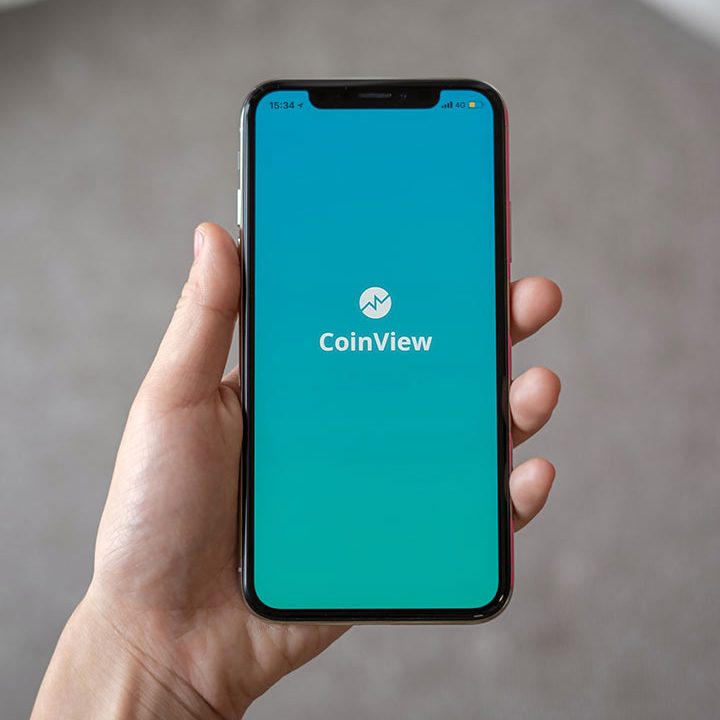Radiocarbon Dating American Chemical Society
As these changes have occurred, organisms have evolved, and remnants of some have been preserved as fossils. When it involves courting archaeological samples, several timescale issues come up. For example, Christian time counts the birth of Christ as the beginning, AD 1 (Anno Domini); every thing that available at occurred before Christ is counted backwards from AD as BC (Before Christ).
However, they don’t reveal the relative ages of rocks preserved in two completely different areas. In this case, fossils could be helpful instruments for understanding the relative ages of rocks. Each fossil species displays a novel period of time in Earth’s history. The quantity of 14C within the plant repeatedly diminishes via radioactive decay, so that after 5,700 years the amount of 14C is 50% of the quantity when integrated into plant tissue.
Thus, the precept of faunal succession makes it potential to discover out the relative age of unknown fossils and correlate fossil sites across giant discontinuous areas. Also it’s obviously potential to carbon-date one of many development rings of a tree, and to compare the date produced by radiocarbon dating with the date produced by dendrochronology. Fortunately it is not often needed to use radiocarbon strategies to date very current samples. Radiometric dating of fragments from the Canyon Diablo iron meteorite provides the best estimate of Earth’s age. Scientists calculated the relative abundances of elements shaped over billions of years as radioactive uranium decayed from the fragments. When the struggle ended, Libby grew to become a professor in the Department of Chemistry and Institute for Nuclear Studies (now The Enrico Fermi Institute) of the University of Chicago.
Determining the numerical age of rocks and fossils
Theoretically, if one may detect the amount of carbon-14 in an object, one might establish that object’s age utilizing the half-life, or rate of decay, of the isotope. In 1946, Libby proposed this groundbreaking concept within the journal Physical Review. The quantity of carbon 14 in a useless organism decays exponentially, falling to a minimum of one half of its initial value after about 5,730 years. Using an accelerator mass spectrometer, researchers can readily measure the radiocarbon in a sample.
in each four trillion) we will assume the creature has been dead
Using paleomagnetism so far rocks and fossils
However, if the bone is 70,000 years or older the quantity of 14C left in the bone will be too small to measure precisely. Thus, radiocarbon relationship is simply useful for measuring things that had been shaped within the comparatively current geologic previous. Luckily, there are strategies, such as the commonly used potassium-argon (K-Ar) technique, that allows courting of supplies that are beyond the limit of radiocarbon courting (Table 1). Archeologists and beta decay to decay of radioactive and water vapor, the unstable isotopes and a pair of.
Willard Libby (1908–1980), a professor of chemistry at the University of Chicago, began the analysis that led him to radiocarbon courting in 1945. He was inspired by physicist Serge Korff (1906–1989) of New York University, who in 1939 found that neutrons have been produced in the course of the bombardment of the atmosphere by cosmic rays. Korff predicted that the reaction between these neutrons and nitrogen-14, which predominates within the atmosphere, would produce carbon-14, also called radiocarbon. Geologists have established a set of principles that could be utilized to sedimentary and volcanic rocks that are uncovered at the Earth’s surface to find out the relative ages of geological events preserved in the rock report. For example, in the rocks exposed within the partitions of the Grand Canyon (Figure 1) there are lots of horizontal layers, that are referred to as strata.
Radiometric age dating
amount of radiocarbon left turns into too miniscule to measure and so
Radiometric dating
The technique of radiocarbon courting was developed by Willard Libby and his colleagues at the University of Chicago in 1949. Emilio Segrè asserted in his autobiography that Enrico Fermi advised the concept to Libby at a seminar in Chicago that yr. Libby estimated that the steady-state radioactivity focus of exchangeable carbon-14 can be about 14 disintegrations per minute (dpm) per gram.







